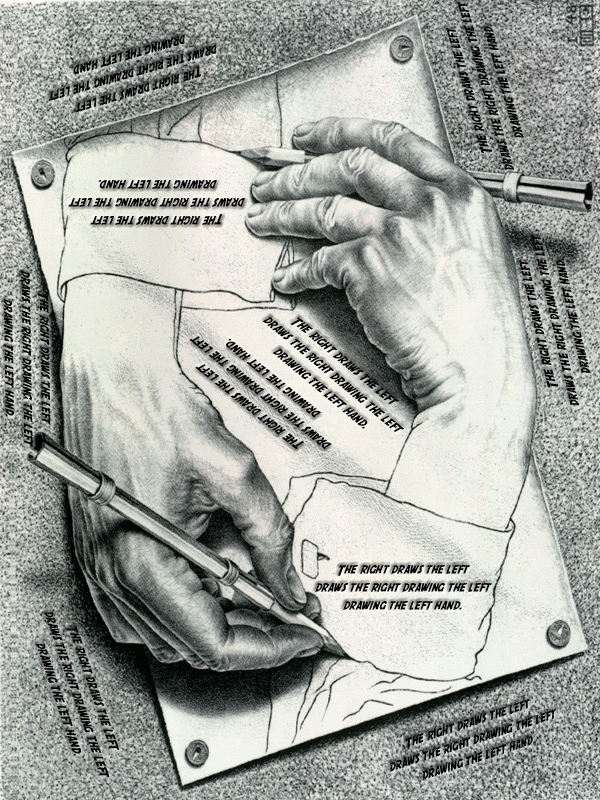Republished by Blog Post Promoter
Tag Archives: haiku
LIGHT HAIKU
Republished by Blog Post Promoter
FLYING HAIKU
Republished by Blog Post Promoter
FLYING HAIKU by Lawrence R. Spencer
FLYING CONQUERS EARTH
SPACE DOES NOT CONFINE THE SOUL
SPIRITS TRANSCEND DEATH
ESCHER HAIKU
Republished by Blog Post Promoter
Drawing by Maurits Cornelis Escher (17 June 1898 – 27 March 1972). Haiku by Lawrence R. Spencer
M. C. Escher was a Dutch graphic artist. He is known for his often mathematically inspired woodcuts, lithographs, and mezzotints. These feature impossible constructions, explorations of infinity, architecture, and tessellations.
Q & A HAIKU
Republished by Blog Post Promoter





